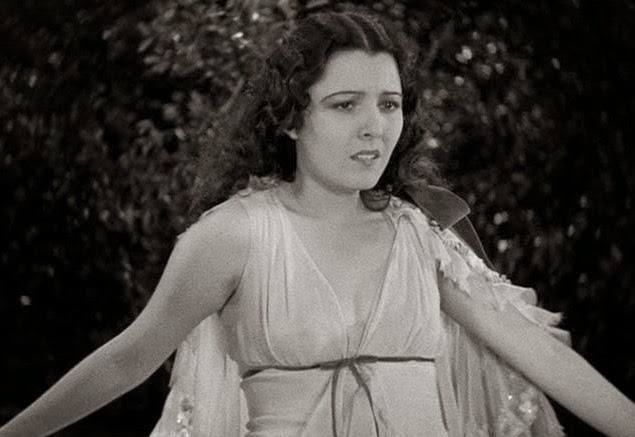Dracula and Drácula (1931) from Universal Monsters: The Essential Collection
It’s still early, but the first two films in the Universal Monsters: The Essential Collection Blu-ray box set seem like a pretty good crash course in classic horror films. Many people may not know that the 1931 film version of Dracula was not the first time the story had been adapted from Bram Stoker’s 1897 novel. By the time the Tod Browning version debuted in 1931, Dracula had been a London stage play for many years. It had also been filmed by F. W. Murnau in 1922 as Nosferatu, starring Max Schreck, perhaps the creepiest Dracula in film history.
What many people also may not know is that two versions of Dracula were released in 1931: an American version, directed by Browning and starring Bela Lugosi, and a Spanish version directed by George Melford with a Spanish cast. Both versions used the same sets; the American crew filmed during the day, the Spanish crew at night.
The Spanish version is included as an extra on the Dracula disc and is worth watching for several reasons. Director Melford’s camera is far more fluid than Browning’s, giving viewers a much more uneasy feeling, especially navigating through the castle. Melford is also willing to take more chances with special effects (most of which come across pretty well) and better staging. In the Spanish version, for instance, Dracula’s reaction to being confronted with a mirror (which, of course, will not cast his reflection) is far more violent than the American version.
The women - especially Lupita Tovar as Eva - are far more sensual and alluring in the Spanish version. The women’s costumes, dresses and overall demeanor in the American version are practically Puritan compared to those of the Spanish version.
Yet the American version has the trump card: Lugosi (above). Carlos Villarias (below), as the Spanish Dracula, leaves much to be desired and probably should’ve played the role for laughs. It’s really hard not to laugh after watching Lugosi’s performance. This is not meant to be a critique of Villarias as much as a recognition of the absolutely genre-defining performance of Lugosi, one that has been the dominant image of Dracula for over 80 years. I don’t really care whether Lugosi learned his lines phonetically or not. He delivers them with a bone-chilling combination of hypnotic inevitability and impending doom.
One extra on this disc, “Lugosi: The Dark Prince” (36 min.) is devoted to Lugosi’s rather sad career after Dracula. It’s an excellent, if not heartbreaking look at Lugosi’s often neglected greatness and includes a brief examination of why Lugosi’s career began to slide after Dracula and rival Boris Karloff’s began to rise. “The Road to Dracula” (35 min.) is also well done. Although people usually ignore any extra that includes the word “restoration,” “Dracula: The Restoration” is a must-see. It’s only 9 minutes long, which is really all you need to show you not only the care and love that went into restoring the film, but also the importance of film restoration. (Also included: an alternate musical score by Philip Glass and a commentary by film historian David J. Skal)
Next in the box: Frankenstein
Dracula 4/5
Drácula 3/5





No comments:
Post a Comment